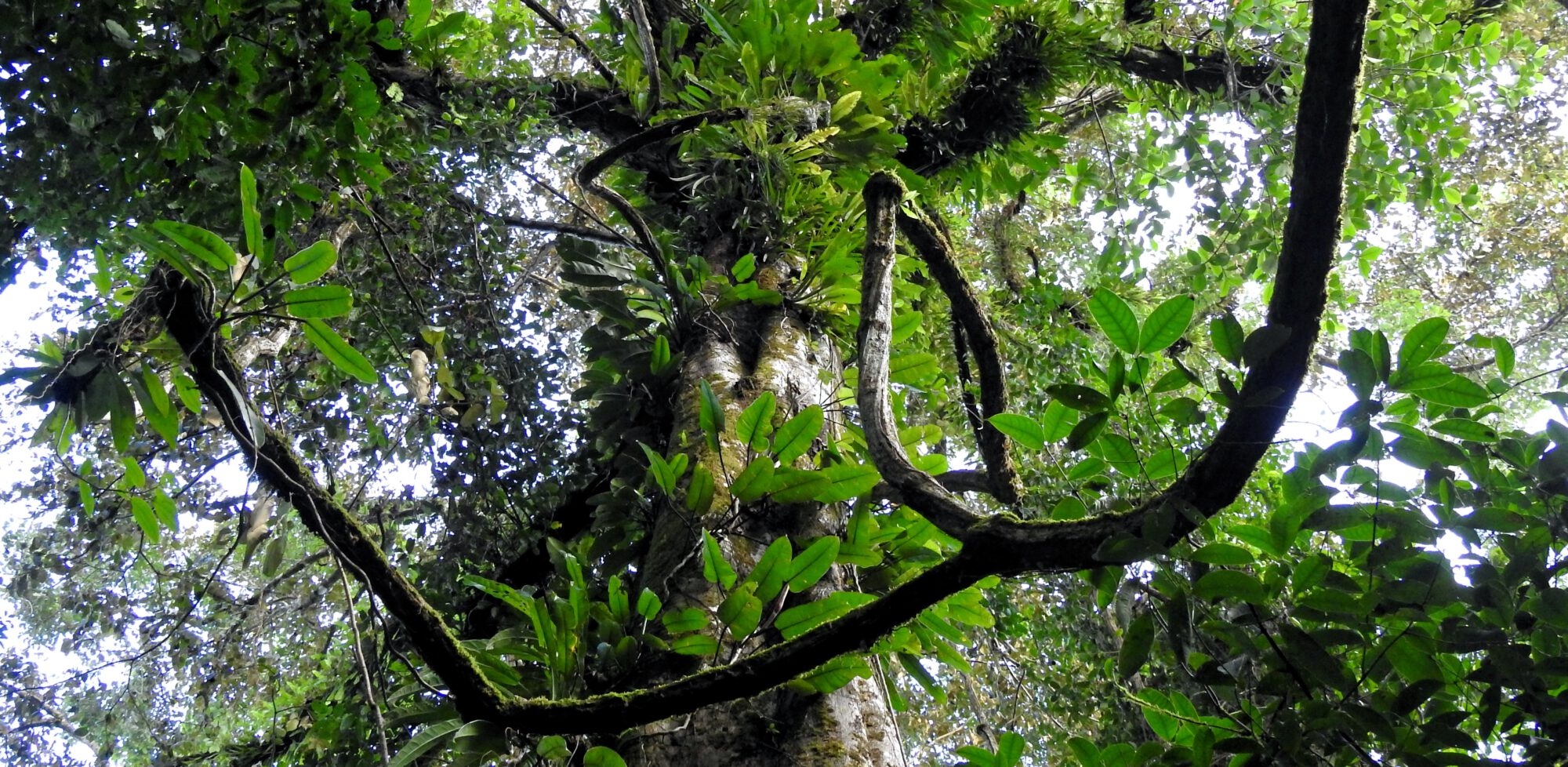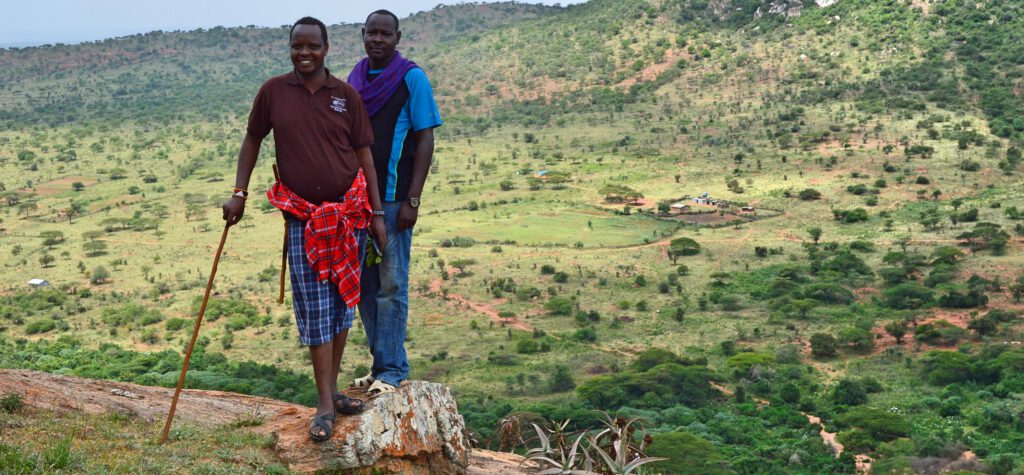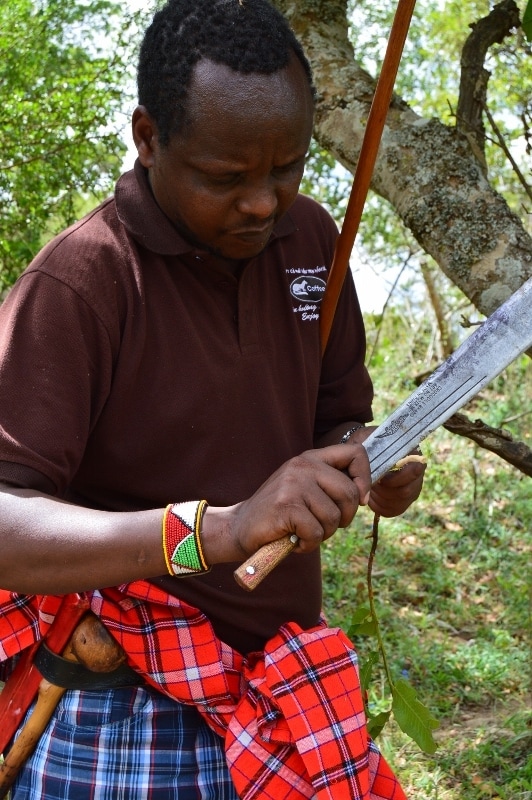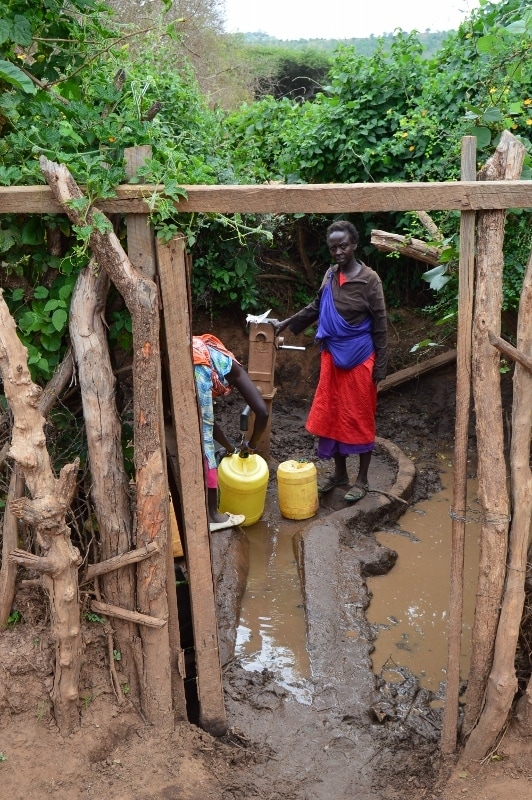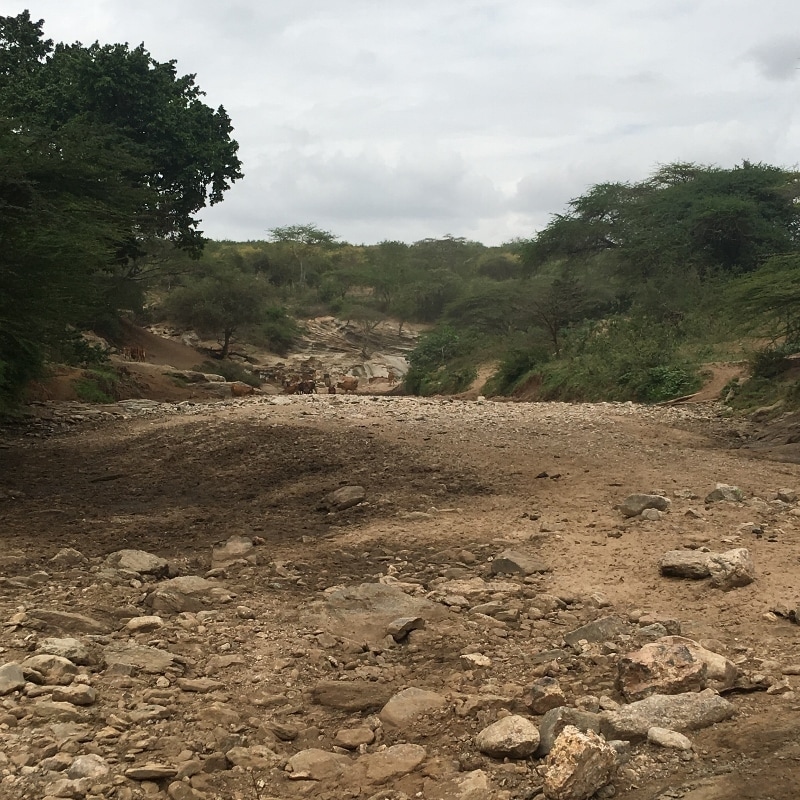Dear Readers, here are the resources for this week’s newsletter:
This week’s Interview: Sheeba Sen, founder of Alaap, India
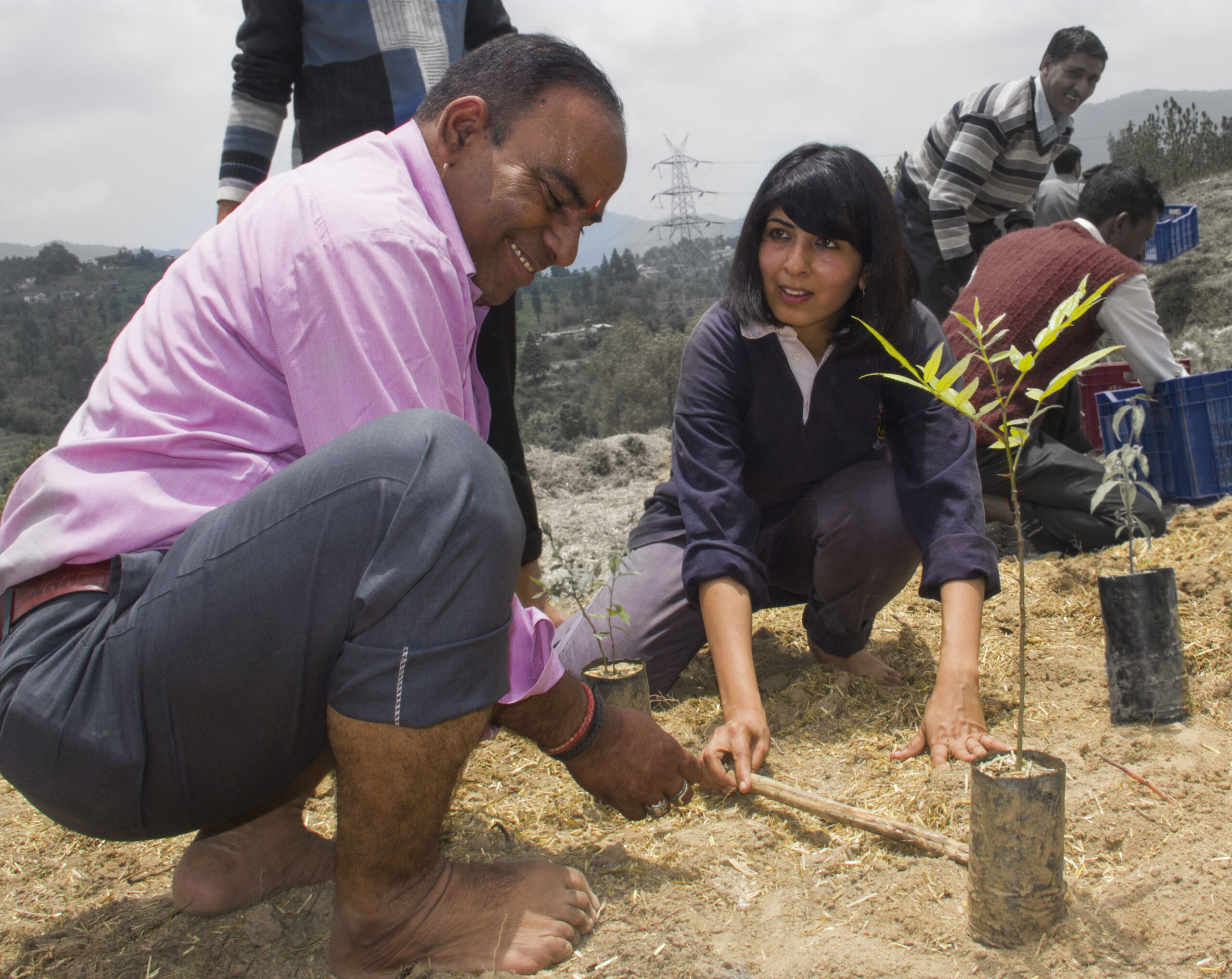
Ferdi: How do you compare the impact you achieved working abroad versus working in India?
Sheeba: Working with Greenpeace for a year, I learnt that international advocacy work can feel a bit removed from reality. Working directly with communities in India brought back the groundedness that I felt was missing. This zooming in with the micro and zooming out with the macro has helped me in understanding the dynamics of how change may happen. Both are needed, at the same time.
Ferdi: You are active in both international networks like the Vital Voices/GRC and local project development in small villages. Tell me about some of the contrast and various challenges in working with such different stakeholder groups.
Sheeba: I believe for effective advocacy one has to cross borders. I think of people and organisations as different species in a forest. For magic to happen each of them have to engage with each other and find that balance where they can come together to create something bigger than each of them individually.
I constantly work on myself to think in terms of ecosystems rather than individual entities and become aware of the interdependencies, competitions, disagreements and different vantage points of the stakeholders I involve in the work I do.
The most common challenges I encounter is disconnectedness and suspicion. A local micro perspective will be suspicious of an ‘outsider‘ and may not be open enough for co-creative processes. At the other end a global perspective lacks the understanding that local context will ultimately determine the shape of the process, product or a service and not the other way around.
The key lies in building trust, building empathy, building stamina (!) and the internalisation. Anything regenerative can only be created through an ecosystem.

Ferdi: What do you think the regenerative approach can uniquely bring to the battle to save the planet?
Sheeba: Ferdi, I see the battle is one of saving ourselves than saving the planet! I’m still internalising what a regenerative approach can mean for us individually and as a humanity, collectively. The strongest pull towards a regenerative approach for me is inspiration from nature to re-imagine the human experience.
The fundamental difference between a regenerative paradigm and an extractive one is where in the ecosystem do we place humans? In the centre, where we view all resources at our disposal or as part of the circle where we thrive together with other species?!
Ferdi: Looking back at your work you have done in the last 10 years, what do you wish you had started doing earlier?
Sheeba: Oh! I wish I had shared more about my work on different platforms; connected more with seemingly ‘irrelevant‘ partners and written more!
I also wish I involved different stakeholder perspectives in my projects. By doing all these more, the chances of innovation and thereby degree of impact would have exponentially increased!
Ferdi: What makes the regenerative approach to social and environmental rejuvenation harder/easier in the Indian context?
Sheeba: I’m tempted to say it is both harder and simpler. Harder because the Indian top down sentiment is still that Western industrial nations should bear the brunt of emissions reduction and sequestration; that India is a growing economy and we need to ‘develop‘. And for that we need fossil fuels and infrastructure that may (mostly will) destroy natural resources.
More than 70% of India’s energy needs are met through coal and 14 of the 20 most polluted cities of the world are in India. Yet, there is a hesitation to take the lead on innovating and committing to a regenerative model of development for India. We don’t hear that narrative from the government circles.
On the other end the grassroots regenerative movement in India, especially rural India, is brimming with success stories and community owning up their own destinies. However, this remains small scale and siloed. What a regenerative future could mean for 1.3 billion Indians will in many ways decide the destiny of all 8 billion of us!
So, the challenge is to scale up the rural regenerative movement of India, bring in investment for large scale regenerative infrastructure and make a compelling case for the government to invest in regeneration as a development future for India.

Ferdi: Is it important for local villagers to understand the global significance and causes of their challenges?
Sheeba: Most of the time rural communities already understand the causes of their challenges. Perhaps not always in the global context but certainly in the rural vs urban context. One of the farmers I interviewed in rural Karnataka in February this year said to me:
” Our rivers are drying and our forests are disappearing. City people are taking everything away. We don’t even have enough water to grow our food. I also want development in our village but I don’t want to destroy nature. I am caught in this dilemma”.
This tells us that rural communities do have a sense of the causes of their challenges and the inequities and view that economic advancement can only be achieved by extraction and destruction. That’s all there is for them to see! They lack a choice. And this desperation, lost faith and the inability to invest long term throws up challenges for ownership. Women in the Himalayas would say:
“What’s the point of us saving our forests? The government will cut these trees anyway. Things are so bad here that we don’t want our children to be back in the village. So why should we invest?”
Lack of political will has left most rural communities lacking faith. In their struggle to survive poverty, they are predisposed to think short term and thereby lack ownership.
Ferdi: If you had one wish to my readers, what would it be?
Sheeba: Believe in the power of collective wisdom!
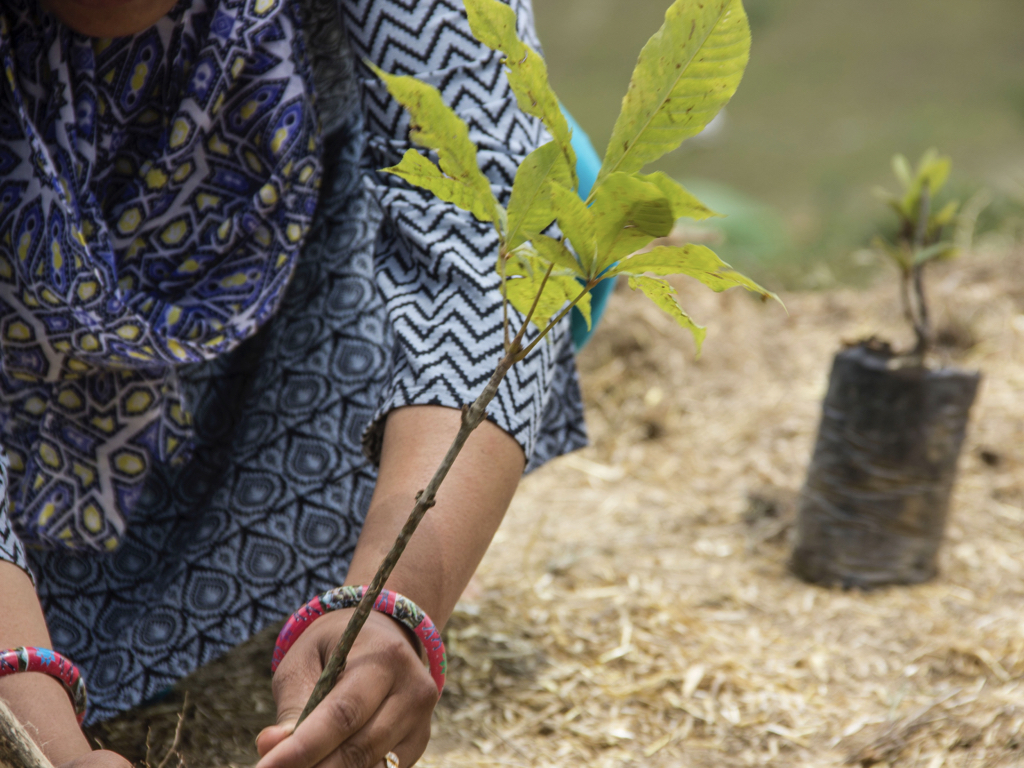
If you would like to get involved or make a contribution, please feel free to reach out.
The Worksheet
